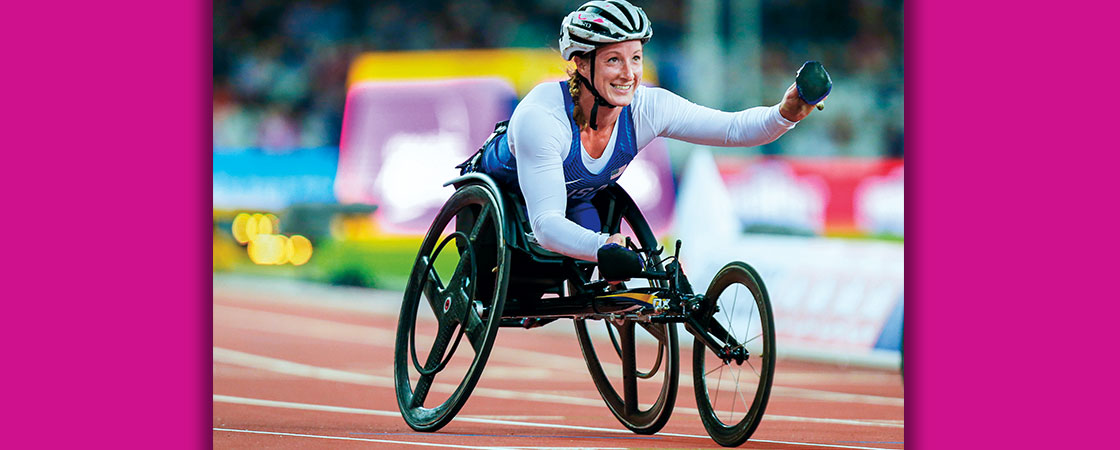Tatyana McFadden was flying through the streets of New York City. She bent over in her racing wheelchair, her arms churning as she propelled herself forward. Icy November winds stung her eyes. Her muscles screamed, but she didn’t slow down.
Tatyana was less than a mile away from finishing the 2014 New York City Marathon, a grueling 26.2-mile race of steep hills, bumpy roads, and razor-sharp turns. Now, she was in the lead. If she came in first, she would achieve what’s known as a Grand Slam: winning the world’s four biggest marathons in one year.
“GO, GO, GO!” the crowd roared.
Tatyana swerved around a turn and headed toward the finish line. Suddenly, she felt the wheels of her chair lift off the ground. She tried to slow down, but it was too late. She struck the pavement as her wheelchair clattered to the ground.
Had her Grand Slam dreams just come crashing down?

